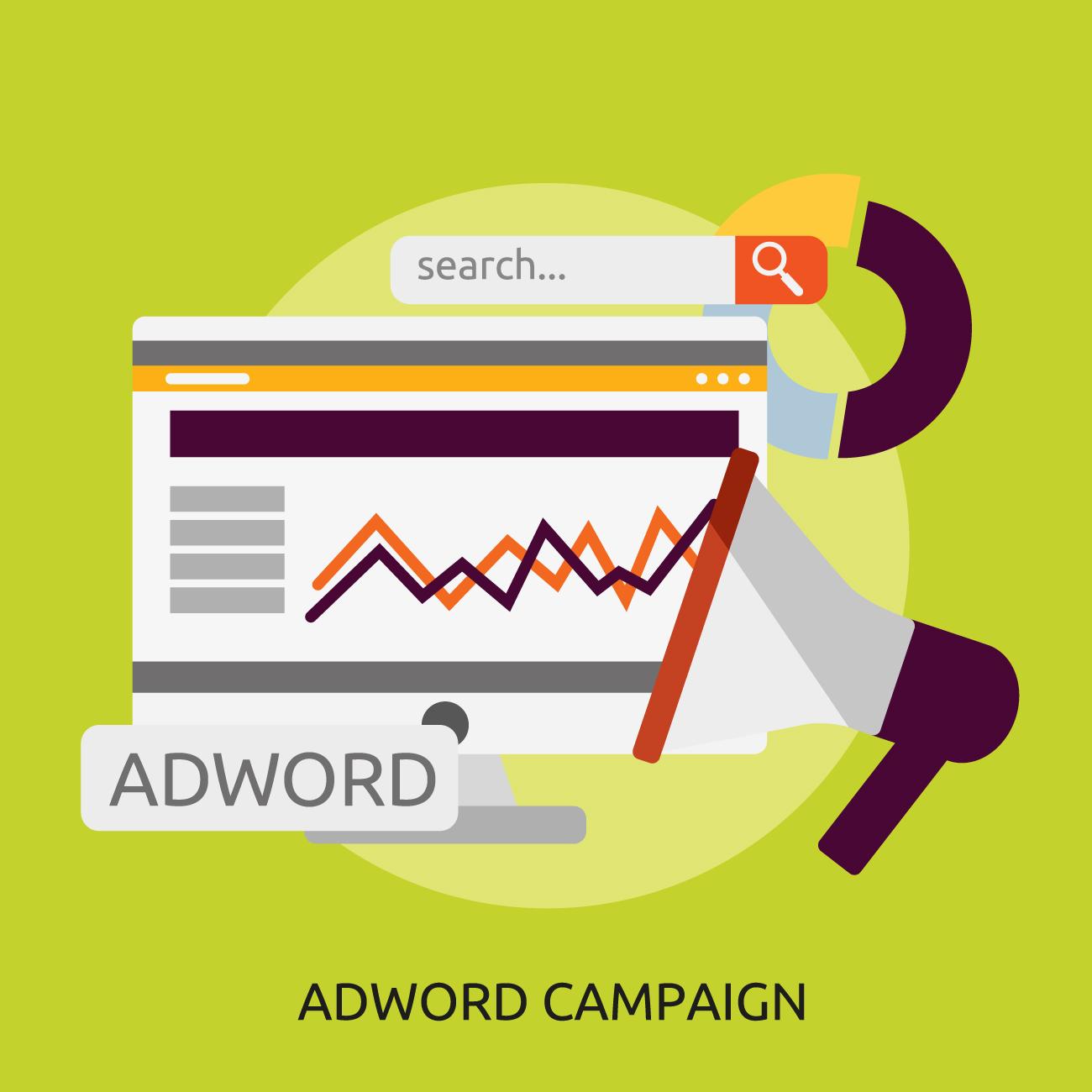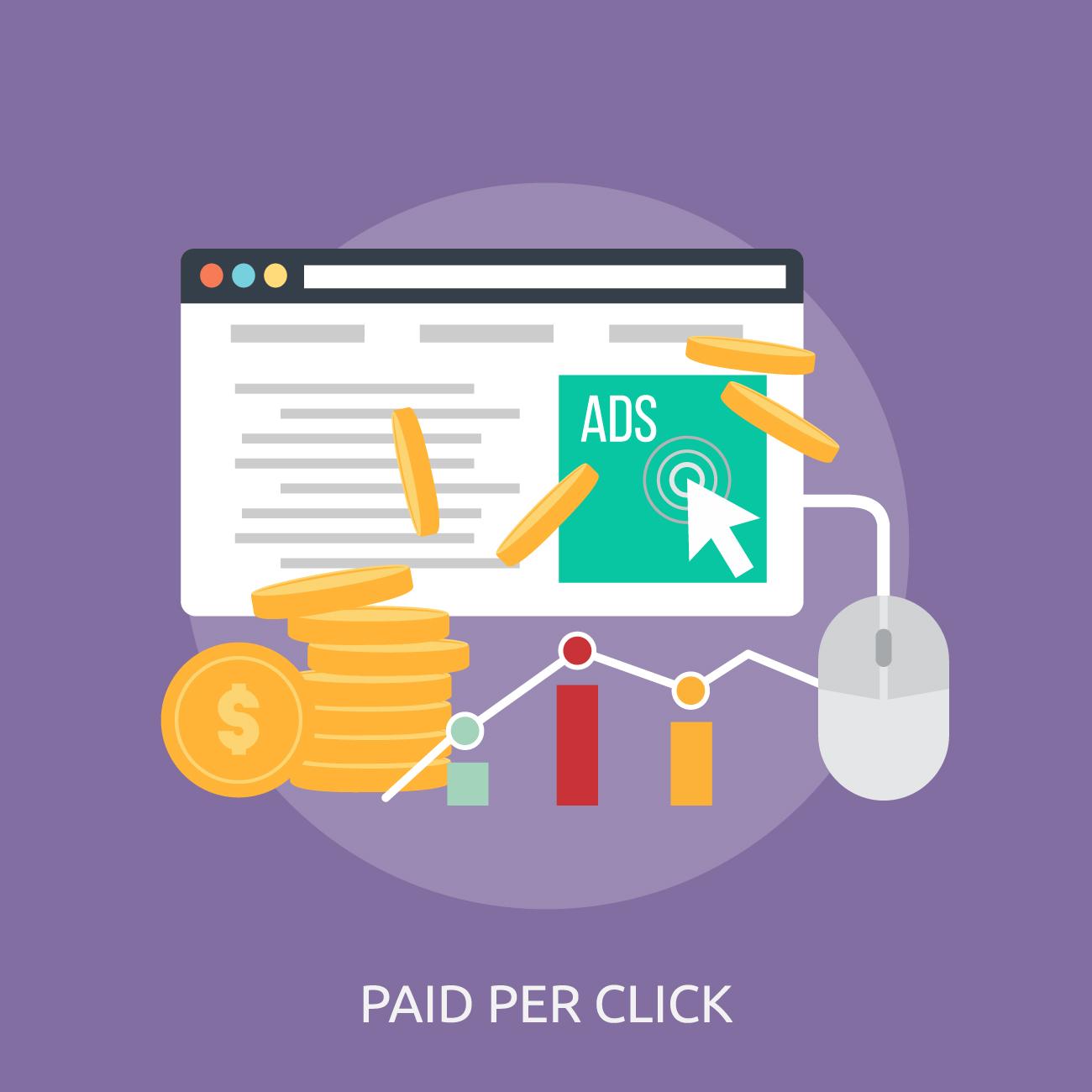What’s the Ideal Budget for Google & Meta Ads in 2025
In the fast-paced digital advertising ecosystem where algorithms are in perpetual flux and user focus is a desired asset, successful advertising is a must for business expansion. For companies seeking to optimize their online reach, Google AdWords advertising and Meta (Facebook/Instagram) Ads are usually the double pillars of an effective paid media campaign. But in 2025, with more competition and advanced ad platforms, not only is the question no longer if you should advertise, but "What's the optimal budget for Google & Meta Ads?"
There is no single solution. Your best budget is an extremely personalized number, based on a hundred different variables that are specific to your company. Yet, by learning about the most important variables and using a fact-based methodology, you can develop a budget that provides maximum return on investment (ROI) for your google adwords marketingand Meta initiatives.
Your go-to digital transformation partner, Webmaa knows the ins and outs of online marketing and is here to walk you through budgeting in today's digital world.

1. Establish Your Clear Advertising Objectives
You don't consider numbers until you have clear objectives in mind. What do you wish to happen with your ads?
Brand Awareness: If you aim to get more visibility and expose your brand to new people, you will require a budget that helps you with extensive reach and impressions. That may come in the form of greater CPM (cost per thousand impressions) initiatives on Display Networks or Meta.
Lead Generation: For companies that are primarily looking to get leads (e.g., form fills, calls, sign-ups), your budget will be dictated by your desired Cost Per Lead (CPL) and number of leads you require.
Direct Sales/E-commerce: In the case of sales being your goal, your budget would need to be based on your desired Return on Ad Spend (ROAS) and target Cost Per Acquisition (CPA). Google adwords advertisingshines for high-intent searches here.
Website Traffic: If the goal is merely to drive traffic to your site, your budget will be commensurate with your target Cost Per Click (CPC) and traffic volume wished for.
Actionable Tip:Be SMART about your goals: Specific, Measurable, Achievable, Relevant, and Time-bound. "Get 50 qualified leads from Google Ads in Q3 2025 at a CPL of ₹500" is a much better goal than "Get more leads."
2. Understand Your Industry & Competition
The advertising cost ranges astronomically between industries based on competitive bidding.
Competitive Landscape: Legal services, finance, property, and very competitive e-commerce niches tend to have much higher CPCs on Google Ads and greater CPMs on Meta as a result of extreme competition. However, niche markets or local services may be lower in cost.
Average CPC/CPM:Look at average costs in your niche. Google Keyword Planner can offer estimated CPCs for google adwords advertisingkeywords, and Meta's Audience Insights will give a rough idea of audience costs.
Competitor Spend: Though you can't view direct competitor budgets, SEMrush or SpyFu tools can offer estimates of their paid and organic search, and a rough idea of what it costs to compete.
Actionable Tip: Blindly matching competitor budgets is not the way to go. Be aware of your unique value proposition and target audience. Occasionally, a highly optimized small budget beats a large, poorly managed one.
3. Calculate Your Break-Even and Target CPA/ROAS
This is where the ad strategy and financial planning come together.
Cost Per Acquisition (CPA): How much will you pay to get a new lead or customer? This should be lower than the profit from that customer.
Example: If your average value per customer is ₹5000 and your profit margin is 40% (₹2000 profit), you shouldn't spend more than ₹2000 to get that customer. Ideally, you would want to spend far less than that to earn a profit.
Return on Ad Spend (ROAS):For ecommerce, this is key. It tracks the revenue generated for each rupee spent on ads.
Formula:(Ad Revenue / Cost of Ads) x 100%. A 300% ROAS indicates you earn ₹3 for each ₹1 spent.
Customer Lifetime Value (LTV): Think about the long-term value of a customer. If a customer makes a series of purchases or subscribes over years, you can spend more on the first CPA.
Actionable Tip: Begin with your target CPA or ROAS. Back into how many conversions you want and how much you can afford to spend per click/impression to achieve those levels. This data-driven strategy is the secret to successful google adwords advertising budgeting.
4. Account for Campaign Structure and Types
Your budget planning will also be contingent upon the particular types of campaigns you have running.
Google Ads:
Search Campaigns: Usually the highest cost per click because they have high intent, but also offer the highest conversion rates. Tends to require huge budget for competitive keywords.
Display Campaigns:Lower cost per clicks, greater reach. Best for brand awareness and remarketing. Can be less budget-intensive in the beginning.
Shopping Campaigns: Essential for e-commerce, budget based on product catalog size and competitiveness.
Video (YouTube) Ads: Potentially cost-effective for reach and brand awareness. Budget varies based on targeting and ad format.
Performance Max:Google's automated campaign type, needs enough budget to enable AI to optimize across all channels.
Meta Ads:
Awareness Campaigns:Reach and impressions centered (tend to have lower cost per result).
Consideration Campaigns:Traffic driving, engagement, video views (mid-tier cost).
Conversion Campaigns:Driven for purchases, leads, app installs (elevated cost per action but immediate ROI).
Retargeting Campaigns:Extremely effective, frequently lower cost per conversion but needs existing audience data.
Actionable Tip:Strategically allocate your budget across campaign types according to your objectives. For example, if lead generation is the main objective, invest more budget in search ads and conversion-driven Meta campaigns.
5. Don't Forget About Creative & Landing Page Costs
Your budget is not exclusively for clicks and impressions.
Creative Development:Well-crafted ad creatives (images, videos, copy) drive engagement. Include costs for graphic designers, videographers, copywriters, or agency costs.
Landing Page Optimization (LPO): A high-converting landing page is crucial. If your landing page is subpar, you'll be throwing ad spend away. Budget for A/B testing tools, design enhancements, and possibly professional LPO services.
Tracking and Analytics: Make sure you have a proper conversion tracking in place (e.g., Google Analytics 4, Meta Pixel, Conversion API). This is crucial for tracking ROI and optimizing your google adwords advertising and Meta spend.
6.Implement Smart Budgeting Strategies in 2025
New ad platforms have tools to maximize your spend.
Smart Bidding (Google Ads): Use Google's AI-driven bidding strategies such as "Maximize Conversions," "Target CPA," or "Target ROAS." These automatically adjust bids in real-time to achieve your objectives within your budget.
Campaign Budget Optimization (CBO) on Meta: Enables Meta to automatically allocate your budget across your ad sets in order to achieve the optimal performance, instead of manually assigning budgets to each.
Daily vs. Lifetime Budgets:
Daily: Provides finer control and consistency, enabling daily adjustments.
Lifetime:Suitable for fixed-term campaigns, enabling the platform to optimize spend throughout the duration.
Automated Rules: Establish rules to automatically modify bids, stop underperforming ads, or boost budgets for top-performers.
Negative Keywords (Google Ads): Prevents waste spend through blocking irrelevant search terms.
7. Factor in Management & Agency Fees
If you're not taking care of everything in-house, factor in the cost of talent.
Agency Fees: Marketing agencies for digital usually charge a percentage of spend on ads (e.g., 10-20%), a fixed monthly fee, or a fee based on performance. Though an additional expense, a worthwhile agency can dramatically max out your budget and return better ROI than attempting to deal with complicated google adwords ad campaigns yourself.
In-house Employees:If you recruit an in-house professional, include their salary, benefits, and equipment.
8. Ongoing Monitoring and Optimization
Your budget is dynamic. It should be constantly updated based on performance.
Ongoing Review: Daily or weekly audits of key performance metrics (CPC, CTR, Conversion Rate, CPA, ROAS).
A/B Testing:Ongoing testing of various ad copies, images, landing pages, and targeting options to enhance performance.
Budget Redistribution: Redistribute budget from under-performing ad sets/campaigns to ones performing better.
Seasonal Adjustments: Ramp up budget during holiday seasons or sale periods, and maybe reduce during off-season.

Conclusion: Investing Smartly for Digital Success in 2025
Setting the optimum budget for your Google and Meta Ads for 2025 is a planning process that is more than just choosing a number. It's about reconciling your financial outlay with your business objectives, knowing your market, and continuously optimizing your ads for greatest return. Whether you're a startup just beginning with google adwords advertisingor an established business, a data-driven, disciplined methodology is your most effective bulwark against wasted ad spend and your most direct route to digital success.
We highlight that the "ideal" budget is one that yields a positive ROI and enables you to attain your business goals. By carefully planning, proactively managing, and persistently optimizing your ad spend on Google and Meta, you're not merely burning cash; you're making an investment in the long-term growth and visibility of your business in the competitive digital marketing environment of 2025.
